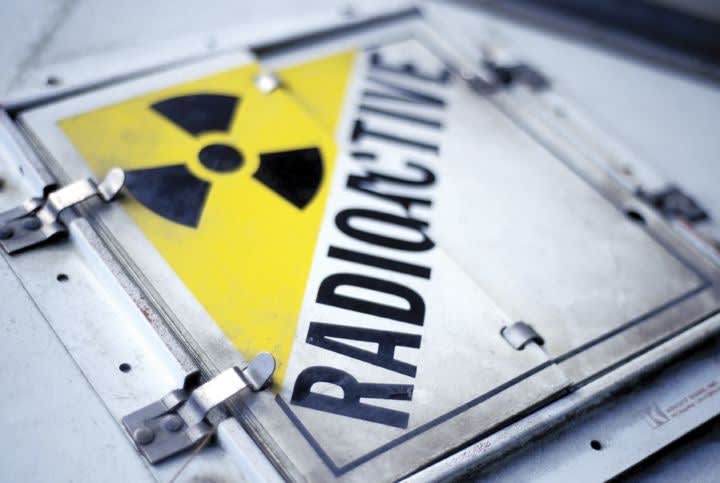As terrorists continue to expand their knowledge base, their capability to unleash weapons of mass destruction on the American public moves from the realm of fictional thrillers to all-too-real concerns for public safety. A WMD attack by a terrorist, foreign or domestic, is not an "if" but a "when." It's a certainty that somewhere in the future American law enforcement will have to cope with the aftermath of a chemical, biological, radiological, or even nuclear assault.
A lot of excellent information has been made available to police officers about WMDs and their effects. But much of what has been published about one class of WMD, the radiological dispersion device (RDD) more sensationally known as the "dirty bomb," is inaccurate and likely to instill panic in both officers and the public. Let's take a look at how dirty bombs are constructed, what happens when they function, their potential for mass destruction, and how you, as a law enforcement officer, may be required to respond to such an attack.












